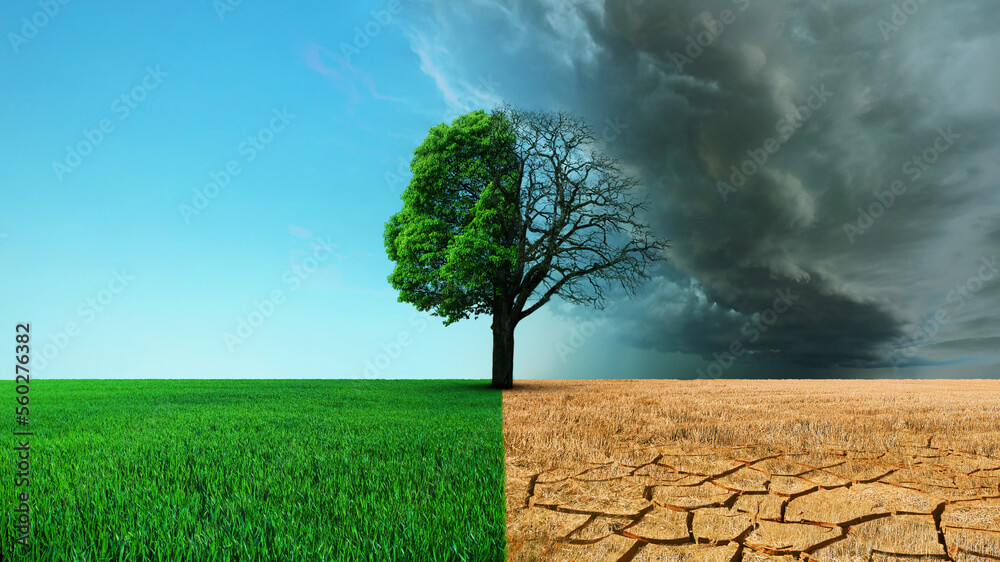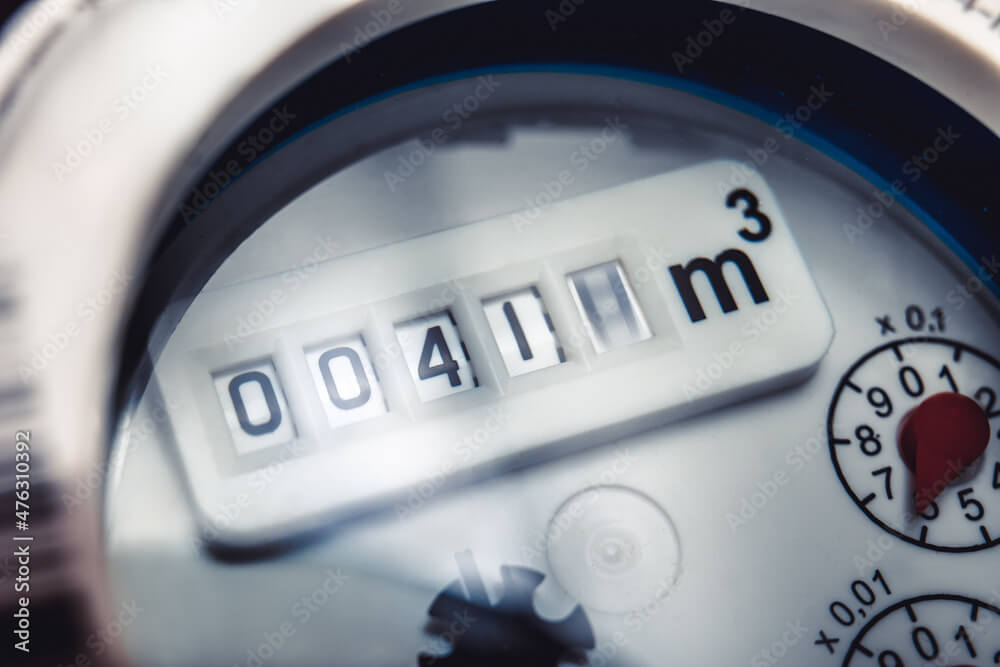Simple steps For Sprinkler Systems That Save Water
An irrigation system can be an effective way to water plants and keep lawns green, but it can also be a major source of water waste if not properly managed. In many regions, water resources are limited, and saving water is essential to ensure the long-term health of the environment and the local community. In this article, we’ll discuss several ways to save water in an irrigation system.
- Regular System Audits. One of the most important steps in saving water in an irrigation system is to conduct regular system audits. This involves checking the system for leaks and inefficiencies, and repairing any problems that are found. Some common problems include clogged nozzles, broken sprinkler heads, and poorly sealed connections. Regular audits can help reduce water waste and maintain the overall efficiency of the system.
- Wet Checks – A physical wet check after every mowing is best if you do not have a smart controller with flow sensing.
- Check Water Meter – When all the water is off, check your water meter to see if the dial is moving. If it’s moving, there is a leak.
- To Spot A Leak – Some leaks create fountains of water and are easy to spot. The landscape might offer some good clues. You can see the water puddle in the landscape shows an issue, and the other is a sign of overwatering where the grass in one area is getting much taller relative to the other grass in the landscape.
- Drought-Resistant Plants and Seasonal Watering Schedules. Another effective way to save water in an irrigation system is to use drought-resistant plants, which are designed to thrive in dry conditions. These plants typically require less water than other species, making them ideal for use in an irrigation system. Additionally, it is important to adjust watering schedules according to seasonal weather conditions. For example, during dry summer months, it may be necessary to water more frequently, while during the wet winter months, watering can be reduced or stopped altogether.
- Moisture sensors are a useful tool for saving water in an irrigation system. These sensors measure the moisture content of the soil and automatically adjust the watering schedule based on the level of moisture. This helps to prevent over- or under-watering, which can result in water waste and damage to plants.
- Efficient Irrigation Methods are another important way to save water. Drip irrigation and micro-sprinklers are two examples of efficient irrigation methods that deliver water directly to the roots of plants, reducing water waste and increasing the effectiveness of the system.
- Grouping Plants with Similar Water Needs is also important. This allows for more precise watering, reducing the risk of over- or under-watering individual plants. By grouping plants with similar water needs, it is possible to conserve water and maintain a healthy and attractive landscape.
- Using mulch is another effective way to save water in an irrigation system. Mulch helps to retain soil moisture and reduce evaporation, making it easier to maintain a healthy landscape with less water. Additionally, mulch can help to reduce weed growth and improve soil structure, making it a valuable tool in any irrigation system.
- Collecting rainwater for irrigation use is another effective way to save water in an irrigation system. Rainwater is a free resource that can be used to water plants and lawns, reducing the need for other sources of water. By collecting and using rainwater, it is possible to conserve water and reduce the overall impact of the irrigation system on the environment.
- Finally, smart irrigation controllers are a useful tool for saving water in an irrigation system. These controllers automatically adjust watering schedules based on weather forecasts and historical data, making it easier to conserve water and maintain a healthy landscape.
In conclusion, there are many ways to save water in an irrigation system, from regular system audits to the use of efficient irrigation methods and smart controllers. By taking steps to conserve water, it is possible to maintain a healthy landscape while reducing the overall impact of the irrigation system on the environment.



